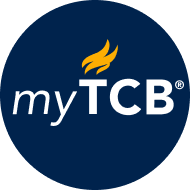


Members of The Conference Board get exclusive access to the full range of products and services that deliver Trusted Insights for What's Ahead ® including webcasts, publications, data and analysis, plus discounts to conferences and events.
28 February 2024 / Report
Based on our discussions with CHROs from multinationals and large regional companies from within our Asia member community and insights from regional HR experts, these are the issues that matter most to Asia CHROs in 2024.

myTCB® Members get exclusive access to webcasts, publications, data and analysis, plus discounts to events.
You already have an account with The Conference Board.
Please try to login in with your email or click here if you have forgotten your password.
AI & Talent Transformation: Hiring, Skills, and Workforce Strategy
November 19, 2025
Plugged In or Power Outage? Corporate Risk in US Grid Capacity
September 24, 2025
AI & Talent Transformation: Hiring, Skills, and Workforce Strategy
November 19, 2025

